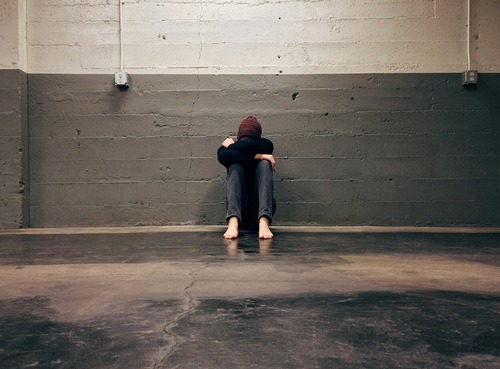We can’t stress enough how fragile the human body is during the winter, including the ravages to our mental health. Since even before 1984, when a man named Dr. Norman E. Rosenthal coined the term “Seasonal Affective Disorder,” we’ve been trying to articulate our cases of the “winter blues,” but there’s still widespread misunderstanding. If you’re concerned about your mental health, then odds are that you have good reason to be, and don’t let self-doubt or self-consciousness silence you.
When it comes to S.A.D., if your professional and personal low-points keep recurring during the winter months, then you are not imagining your dip in mood, nor is it necessarily due to laziness or lethargy. If the following sounds like you, it might be a good time to reassess your mood patterns and how severely they disrupt your life.
Diagnosis & Symptoms
To be clear, S.A.D. is not just a general dislike of winter.
The disorder is a real form of clinical depression, should be diagnosed by a professional, and it affects about 6% of Americans (about 14 million). However, symptoms present differently depending on the individual, sometimes beginning as early as the fall and lasting until spring, and they can vary from major depressive episodes to general mood changes that interrupt your daily routine, from concentration, appetite, and sex drive to your work performance and ability to sleep at night. A small percentage of people even experience S.A.D. during the summer months rather than the winter.
In order to diagnose you, a health professional is looking for distinct patterns of depressive states related to specific times of year. Medical News Todaydetails the following questions to consider:
- How long has the person been experiencing symptoms?
- How severe are the symptoms?
- How do they affect daily activities?
- Have there been any changes in sleeping or eating patterns?
- Can the person identify a shift in thoughts and behaviors during different seasons?
- Can they provide information on any relevant family medical history, such as a close family member with depression, bipolar, or other affective disorders?
A doctor may also ask for blood tests to eliminate the possibility of underlying conditions; and if you have been diagnosed with another depressive disorder, then you may be experiencing an extension of those symptoms rather than S.A.D. specifically.
Causes
The repetition of depressive episodes during the winter is thought to be caused by a combination of factors: the lack of sunlight can trigger certain chemical balances in the brain (though research is still ongoing to confirm how this works), and the changes in daylight can disrupt people’s internal circadian rhythms which has a noted effect on overall mood. Lack of sunlight can also reduce the body’s levels of melatonin, which helps to regulate sleep patterns. “We have a tendency to want to blame everything on psychological causes,” Dr. Rosenthal explained. “We overlook the obvious, which is that it’s dark as pea soup outside. That’s why I think [SAD] goes unrecognized—it’s right in front of our noses.”
S.A.D. also seems to affect women and young people more than men or older adults. About 75% of individuals who present with S.A.D. are women, and S.A.D is most common in early adulthood. As with other depressive disorders, having a personal or family history of depression can also increase one’s chances of experiencing S.A.D.
Treatment
Like all depressive disorders, effective treatment is highly unique to the individual and can be tricky. However, since evidence suggests that the changes in sunlight and a lack of Vitamin D are major contributing factors, treatments include light therapy, vitamin D supplements, and antidepressant medication. Recovery from any depressive episode can feel insurmountably difficult, or simply impossible. But as St. Francis of Assisi said, “Start by doing what’s necessary; then do what’s possible; and suddenly you are doing the impossible.”
Seasonal Affective Disorder may still be misunderstood or underestimated, but it’s a valid and disruptive condition that can deplete your energy for up to half the year. Check in with a health professional if you notice a recurring pattern of depression.
For someone to talk to in mental health emergencies, there’s SAMHSA’s free national helpline, open 24/7, every day of the year, at 1-800-662-HELP (4357).













